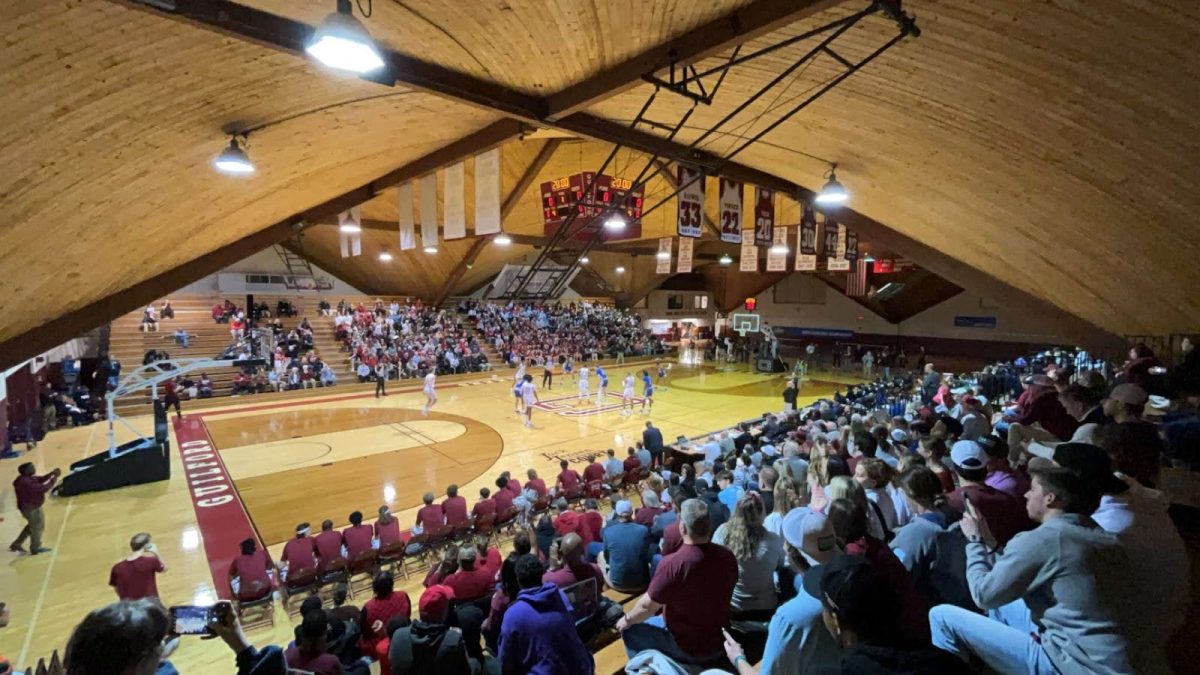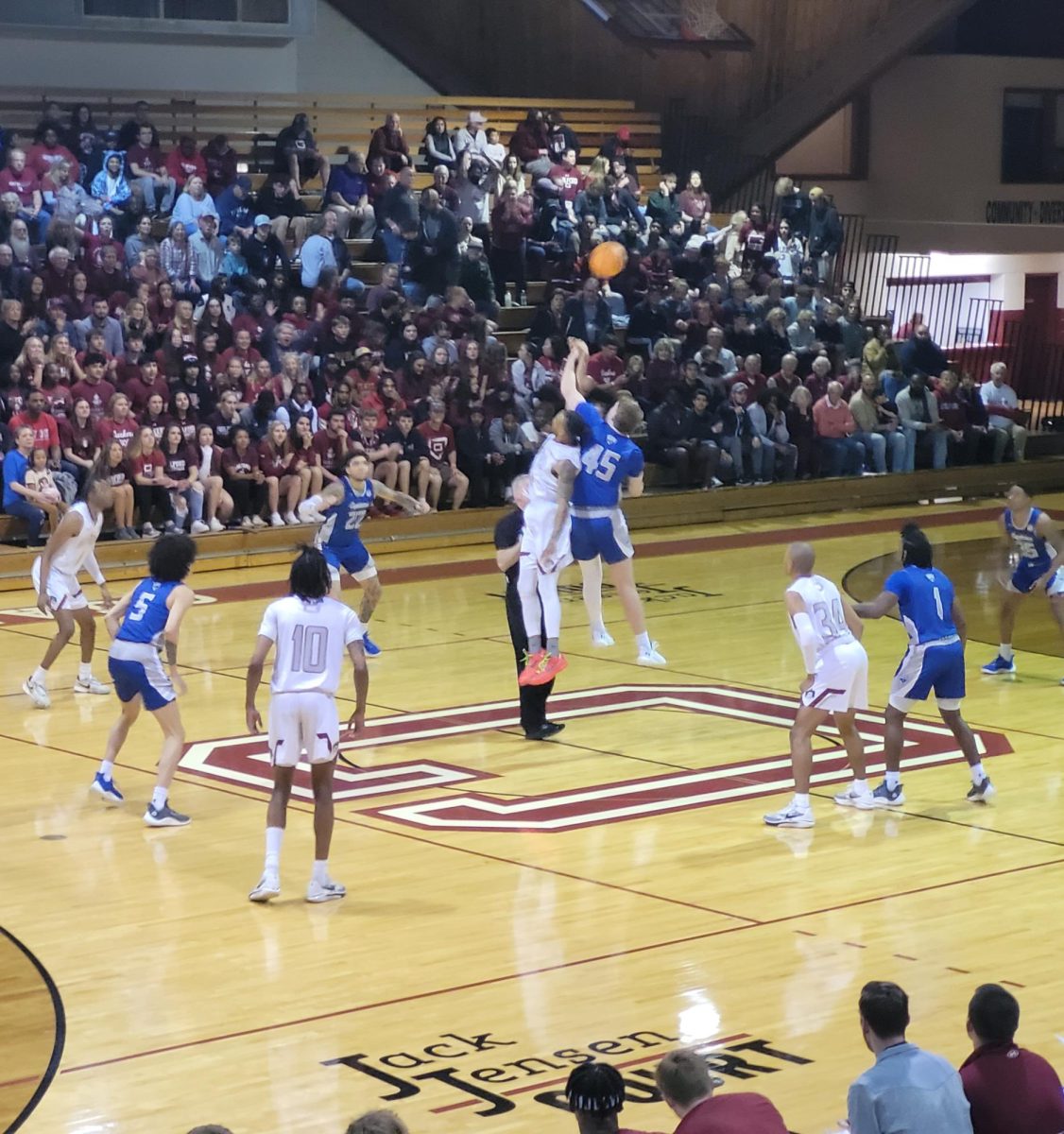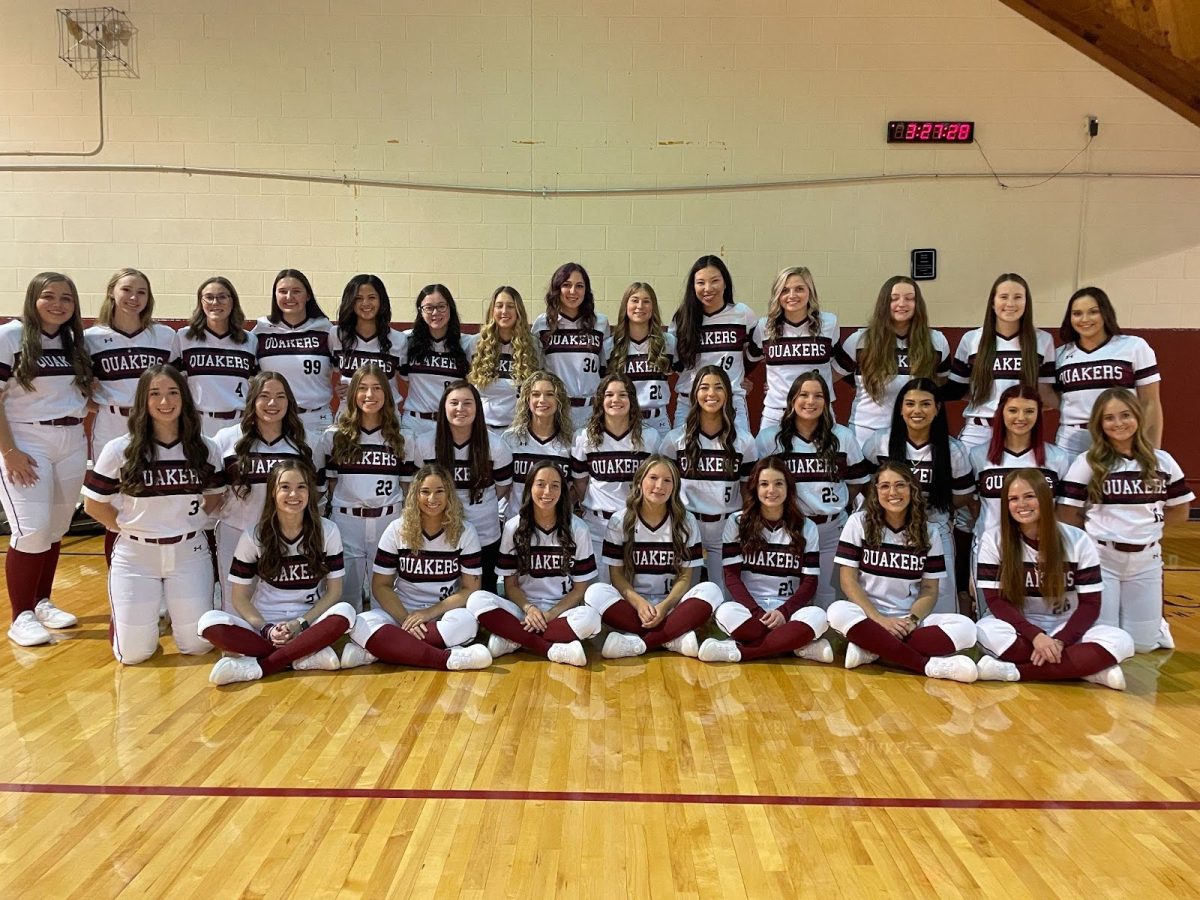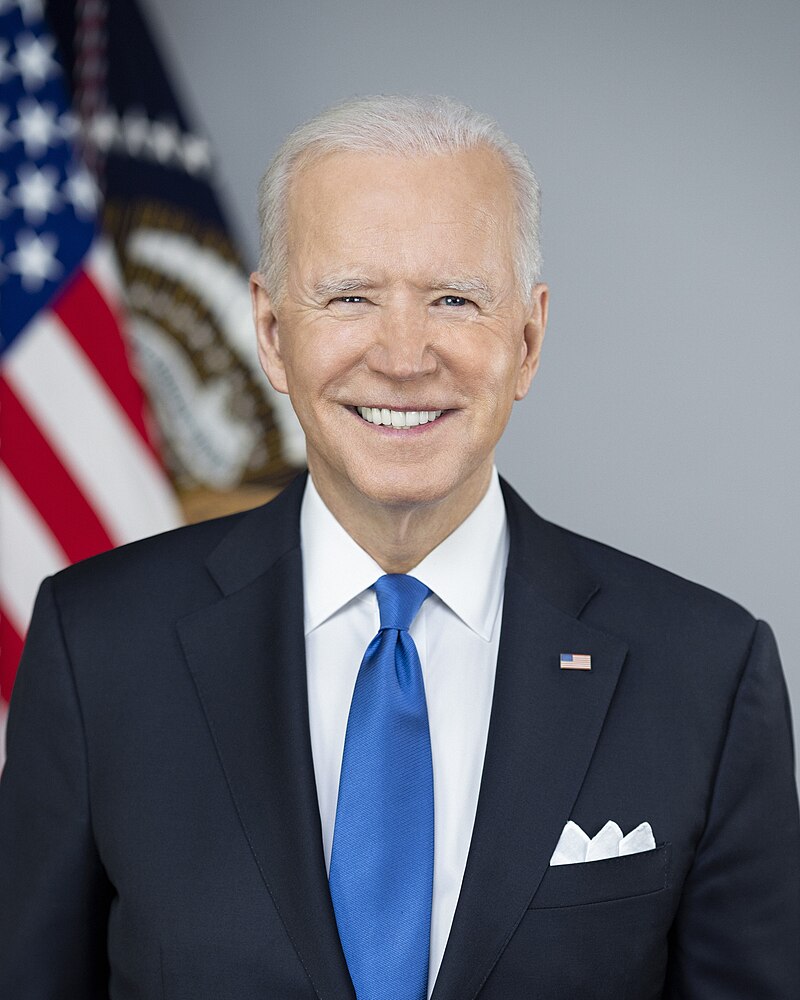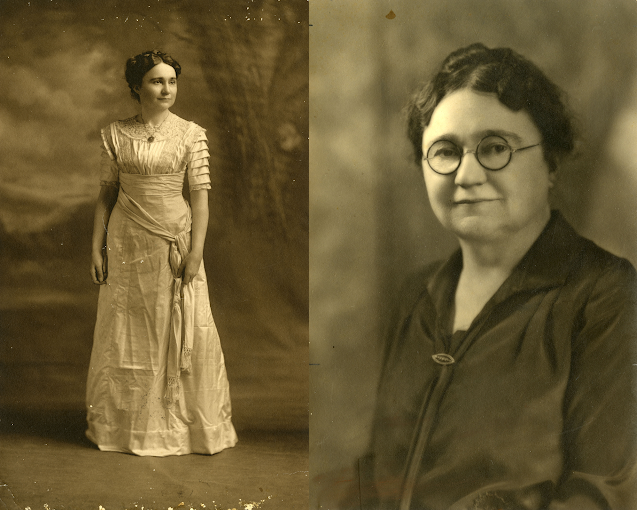On paper, running 10 kilometers sounds easy.
That distance, roughly equal to 6.2 miles, is only a shade longer than a car trip from Guilford College to the Cook-Out on Battleground Avenue. Cosmically speaking, 10 kilometers is far closer in size to an atom than the infinity of the universe.
But 10 kilometers is also daunting.
It equals 10,000 meters, or running 25 loops around a standard outdoor high school track. For a snail traveling at 1.042 meters per hour (their supposed average speed according to a University of Exeter study), it would take over 9,596 hours to travel 10 kilometers.
What was I in for?
Drei, zwei, eins…
For the seasoned long-distance runner, a 10- kilometer race may seem like a light jog. For a newcomer lining up at the start of any race, whether it is a sprint or a marathon, is intimidating.
I, the inexperienced runner, had no idea what I was doing. My survival hinged on following others.
In the midst of spectators ready for action and racers gearing up for their bipedal trek, music thumped. Eventually, the baritone beats crescendoed, building up to a single moment.
On the tail of downward counting and excited cheering, a gunshot blasted, and all the racers charged forward with energy and vigor.
Then I remembered where I was.
It was the German-speaking press announcers, the ceremonial Bavarian musket revolvers and the scenic starting point at Olympiapark that reminded me. Not only was I running, but I was running in a foreign country.
The Munich Marathon 10-kilometer race was underway.
Down the stretch.
In a German-language press release, the Munich Marathon reported that a total of 21,128 runners participated in four disciplines (the marathon, half marathon, marathon relay, and 10 kilometer races) on Oct. 12.
A total of 7,760 competitors endured the grueling 42-kilometer marathon race. The 10-kilometer event logged 4,000 entrants.
“For some, it was super fun,” said Professor of Foreign Languages Dave Limburg, a spectator at the marathon. “For others, it was competitive.”
While a few elite runners dashed through the streets of Munich in an attempt to win gold, many more raced at their own pace. Limburg offered that the Munich Marathon seemed to have an inclusive, festive and lighthearted nature.
“There were some special-needs kids,” he said, recalling some of the racers that passed by. “I saw a woman on crutches. Then, there was a man with a Superman costume.”
Several areas across Munich closed off traffic along the event routes. But in a city that has recently endured transit strikes, people had little problem.
“(Munich residents) seemed used to the fact transportation would be disrupted,” said Laura Limburg.
The interruption of normal street traffic and the heavier crowds on the underground train system, she added, was significant but manageable.
Crossing the finish line.
In the heat of a race, you do not pay much attention to the outside world. All that matters are your thoughts and your legs.
The 10 kilometer route I ran took me on a scenic tour through center of Munich.
From Olympiapark, I darted through the upscale and modern Bohemian borough of Schwabing. Coming up on the third kilometer, I turned onto Leopoldstraße, passing the triumphant Siegestor arch and Ludwig Maximilian University.
Near the fourth-kilometer mark, the route doubled back toward the starting line, teasing the columns of Odeonsplatz down the way before wrapping around.
But it did not faze me. At the eighth-kilometer mark, close to the starting line of the race, I found myself snapping out of a trance.
I had returned to Olympiapark, the site of the 1972 Summer Olympics.
The area, like much of Munich, is gushing with history, significance and importance.
Some of the greatest world athletes and legends once roamed on these hallowed grounds. Greatness, controversy and especially tragedy echo from the tensile structures.
The final leg of the race whipped into the center of the complex. Down a tunnel, entering the 57,470 seat Olympic Stadium, I finally graced the finish line.
Though not every runner completes their journey in such a distinguished and awe-inspiring venue, I imagine that the end of any such event would leave you just as speechless.

